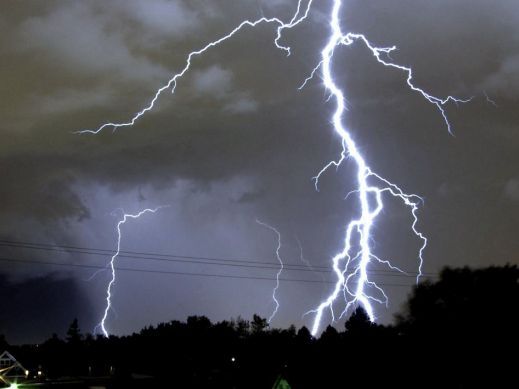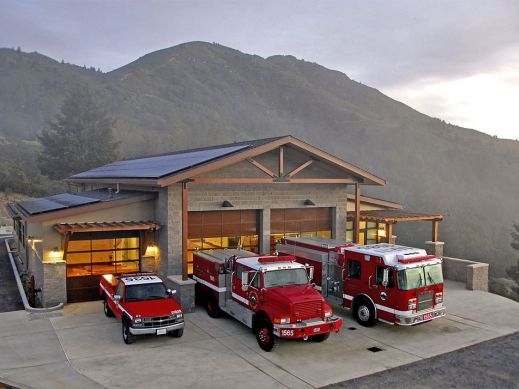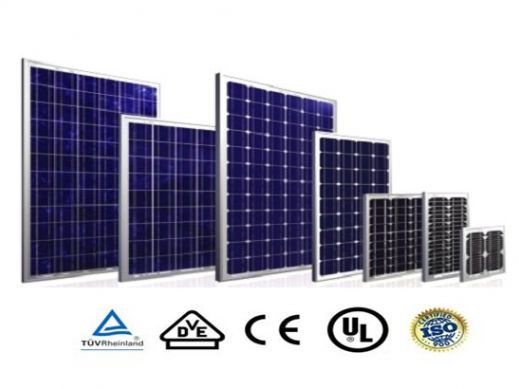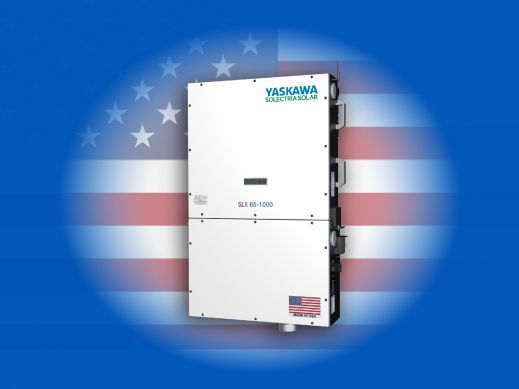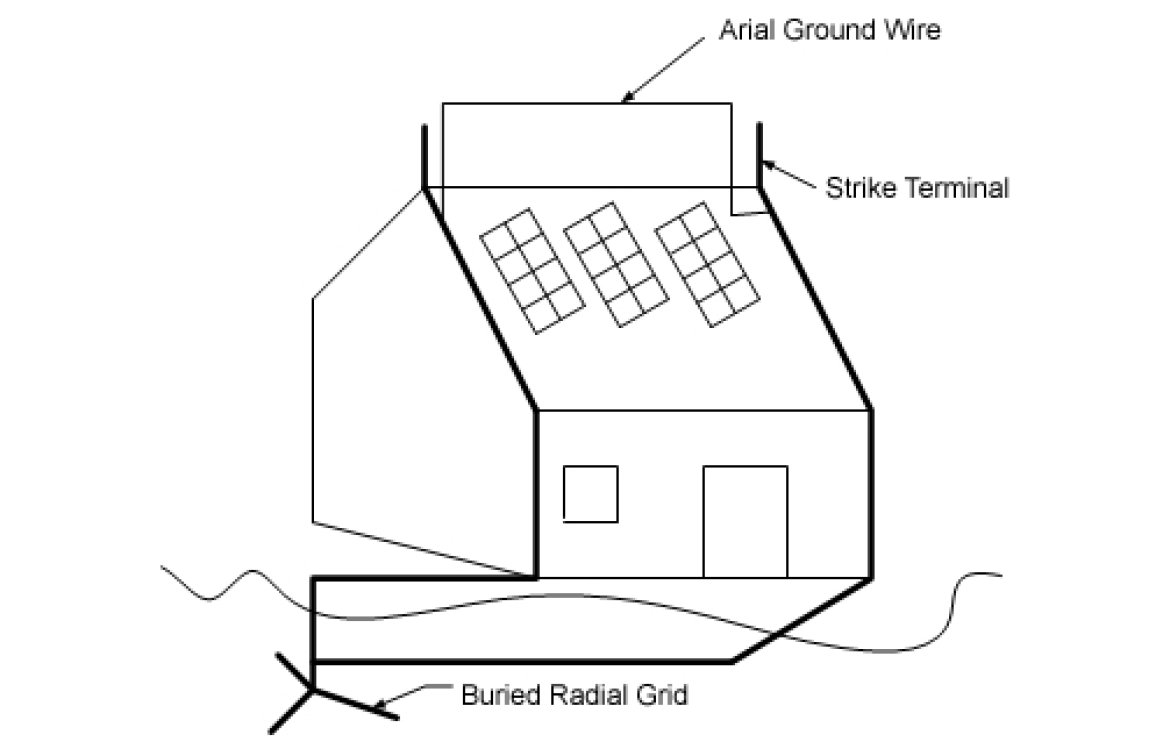
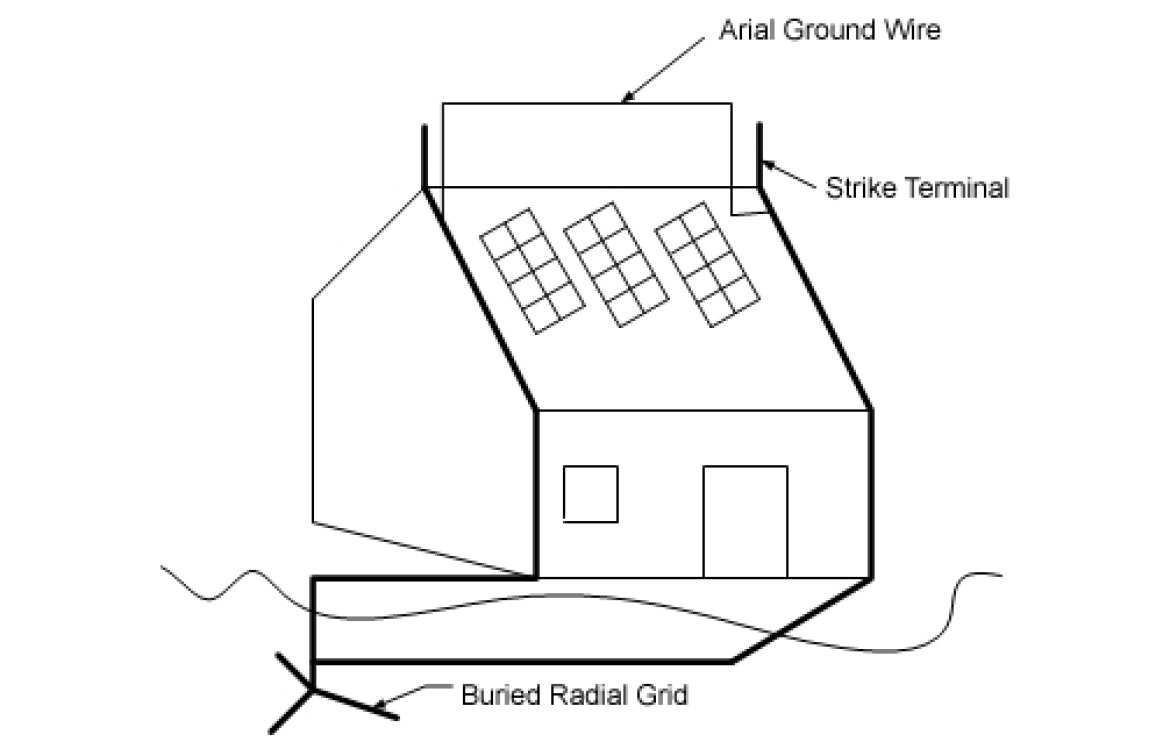
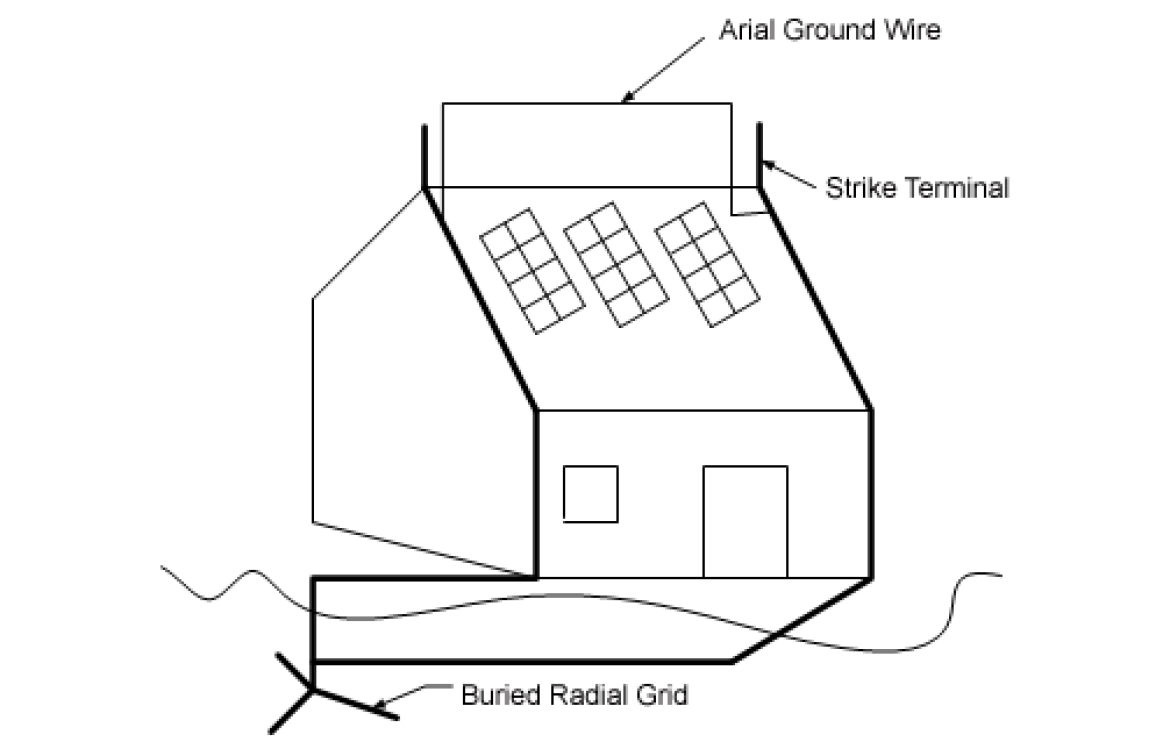
Our previous article discussed aspects of the NFPA 780 code that maximize the safety of the public after an occurrence of a lightning strike to a solar array. For many years, an ancillary benefit of this code has been that it addresses different methods in establishing protective zones, grounding, mitigation of ground potential rise, and surge protection compatibility with solar PV power conditioning equipment.
From a technology growth perspective, however, power conditioning equipment has transitioned from containing only passive components like resistors, capacitors and diodes to ‘smarter’ active components. In most cases, these ‘smarter’ devices translate to using microprocessors running sophisticated firmware code within each inverter and charge controller at low voltage signal levels. This transition of technology from passive to active components has allowed lightning events to be more harmful to PV power conditioning equipment than to solar photovoltaic panels. With the technology growth trend for active devices shifting to being embedded in photovoltaic panels (inclusion of microinverters and functionality supporting maximum power point tracking (MPPT) controllers) the trend will shift towards lightning destroying a higher percentage of photovoltaic panels. Lightning protection techniques need to go through an ongoing review process with respect to changing solar energy technologies.
The technical teams supporting changes to NFPA 780 clearly recognize the need to provide additional protection to solar panels based on their ballot results in December 2012 in modifying NFPA 780. The modification from the ballot states:
“Surge protection in accordance with 4.20 shall be provided on the DC output of the solar panel from positive to negative, positive to ground and negative to ground, at the combiner and re-combiner box for multiple solar panels photovoltaic output circuits, and at the AC output of the inverter or paralleled inverters.”
While the NFPA is taking appropriate actions to update the code with ongoing technology transitions, the solar design and installation community must also be progressive in adopting lightning protection techniques at a system level. Key design areas such as zones of protection, grounding, and ground plane designs matching local soil resistivity need be addressed in an integrated manner.
Single ground rods will probably pass code inspections. However, a single ground rod installation will most likely not be sufficient in protecting active components in solar energy installations. With more sophisticated systems, buried radial grids will probably become the norm, especially in dry soils. In addition! all systems - even those with PV open circuit voltages of less than 50 volts - will need to have the metal portions of the array grounded from a lightning protection perspective.
From a cone of protection perspective a higher percentage of larger solar energy system installations will need to apply defense in depth approaches. One example (Fig. 1) being a series of overhead grounded wires providing cones of protection that focus on preventing lightning strikes coupled with strategically spaced grounded strike rods to receive actual lightning strikes.
Lightning induced surges from the grid still continue to be a threat, but with the service entrance being isolated to a single point, they are easier to control with a well placed surge arrestor. The arrestor can be placed on the service panel at the meter, or, to protect just the PV system, it can be placed on the PV system disconnect, as illustrated in this Midnite solar video.
Sources:
http://www.nfpa.org/assets/files/aboutthecodes/780/780_a2013_roc_ballotfinal.pdf
www.solren.com – Products & Services – Documentation – Whitepapers – Protecting Electrical PV Systems, Michael Zuercher-Martinson.
http://www.solarabcs.org/about/publications/reports/systemgrounding - See discussion on alternative PV Inverter Grounding Methods.
https://www.greentechrenewables.com/article/solar-arrays-and-lightning-protection - Solar Arrays and Lightning Protection.
